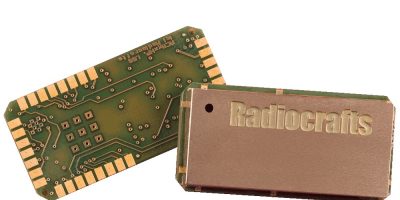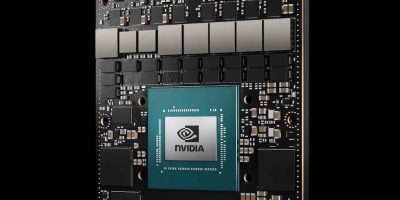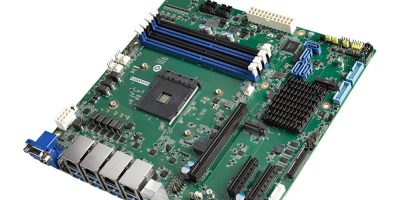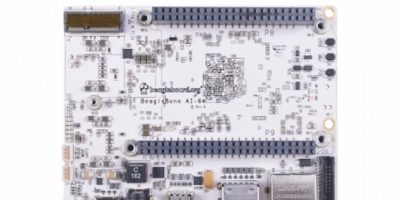Enhancements to the 6LoWPAN mesh network by Radiocrafts support low power, robust and scalable operation, said the company.
Upgrades to its RIMM industrial IP mesh include improved battery lifetime by more than 50 per cent and sleep current as low as 2.5 microA.
Radiocrafts has also improved maximum data throughput to the border router (gateway) by a factor of 20 and the network robustness has been improved to 99.99 per cent with synchronised channel hopping and frequency agility.
Other improvements are Modbus and RS485 support to meet industrial control market requirements and additional compliance to radio regulations in India and Vietnam.
There are now pulse width modulation (PWM) outputs for analogue control and multi-cast (one-to-many) performance improvements reducing on-air communication time.
There is also Microsoft Visual Studio Code support for a more user-friendly coding experience, said Radiocrafts.
Since its release in 2018, RIIM has been used as an embedded RF system designed to be an all-inclusive, easy-to-use, long range wireless communication mesh using 6LoWPAN. This is a lightweight version of IPv6 allowing the user to access each sensor or controller from the internet using IP addressing.
The radio protocol uses IEEE 802.15.4 g/e providing symmetrical bi-directional communication with short transmission pulses that enable dense networks with high reliability and very low power consumption. A customer developed application software can run on top of the embedded operation system, reducing overall cost and improve integration, added Radiocrafts.
RIIM is used in a variety of applications including solar panel and inverter installations, smart street lighting, smart irrigation, emergency lighting, building automation, and other industrial sensor and control applications, said the company. It is not require a license or subscription, and is very low power. Hardware and software development kits are available now.
Radiocrafts designs and manufacturers RF modules. Its standard RF modules provide compact, easy-to-use, low cost, low power RF for a large number of wireless applications using license-free ISM bands. Using these modules OEM manufacturers without RF design knowledge can easily add wireless technology into their design, reducing time-to-market, cost of design, test and compliance approvals, said the company. Radiocrafts also offers custom and application specific product development, supporting customers from initial project ideas to volume product delivery.







